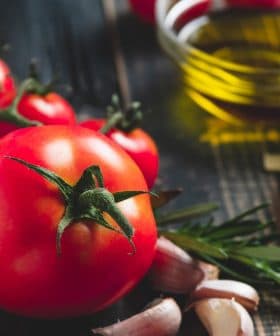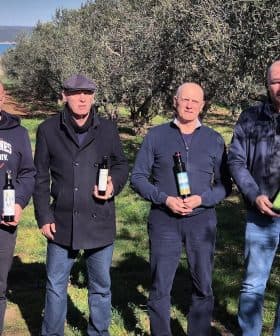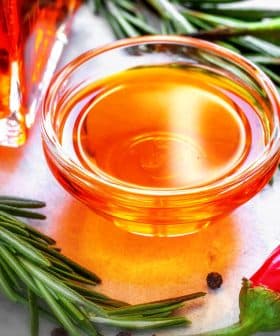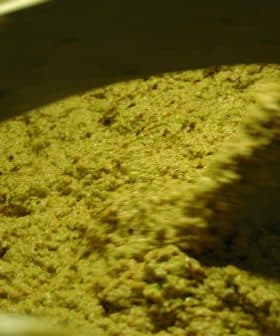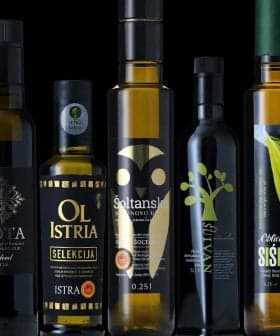Pairing Extra Virgin Olive Oils with Fish and Meat Dishes
Chefs have their own ways of choosing extra virgin olive oils for fish and meat dishes. The only rule is to insist on quality.
 6.3K reads
6.3K readsExtra virgin olive oils vary in flavor and quality based on factors such as olive variety, growing location, and processing methods. Chefs like Luca Collami prefer lighter EVOOs for fish dishes, while more robust oils are used for meat. Finding the best EVOO for your dish involves tasting and trusting local producers’ suggestions.
Not all extra virgin olive oils (EVOOs) are created equal. An extra virgin olive oil’s flavor and healthy attributes depend on a number of factors.
The olive variety, where and how it is grown, and processing methods all come into play when determining olive oil quality.
The decisions made at these stages create an entire world of opportunities for those who cook with extra virgin olive oils and are always seeking the perfect match for their dishes.
Fish and the elegance of extra virgin
“If we talk about Mediterranean cuisine, extra virgin olive oil is an absolutely essential ingredient, an active part of it,” Luca Collami, a chef at the Michelin-starred Grand Hotel di Arenzano, in Italy’s north-western Liguria region, told Olive Oil Times.
“That means that if you are cooking meat or cooking fish, you are very probably using significantly different EVOOs,” he added.
In Liguria, fish plays a central role in traditional cuisine, and chefs often look for lighter notes and subtle flavors when preparing local dishes.
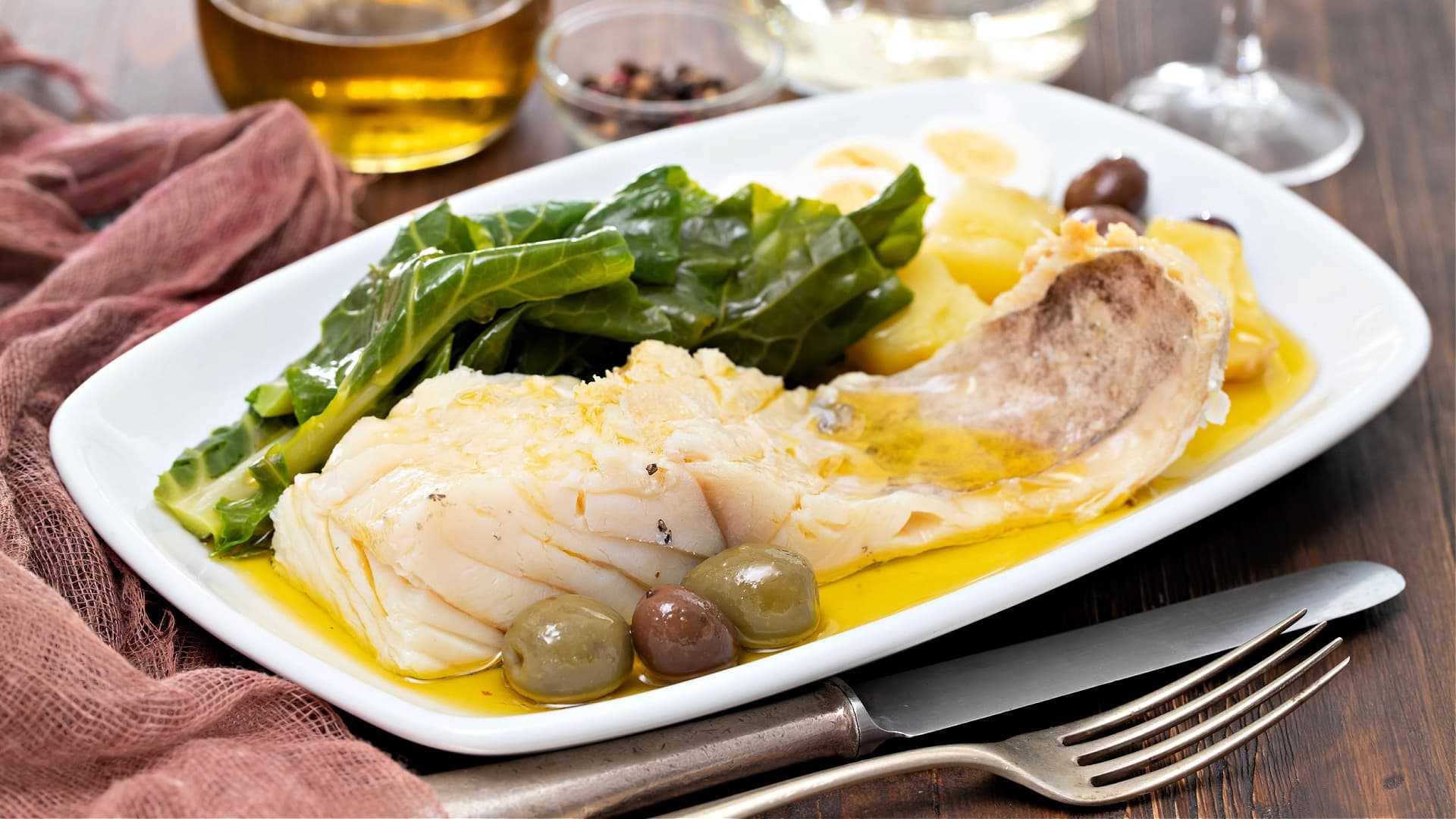
“If we were in Tuscany, we would have robust extra virgin olive oils, but that is a different cuisine,” Collami said. “Here, I mostly use Olio Polla, a light, delicate Taggiasca extra virgin olive oil, which brings delicious scents of herbs and artichoke. When you prepare a fish serving or cook fish, you want to use it for its elegant flavor.”
Home-made flavored EVOOs
Collami, who is the first Michelin-star holder in Genoa, also infuses his extra virgin olive oils with a variety of herbs and spices to enhance his fish-based dishes.
“When you have a high-quality EVOO, such as ours, and, for instance, you want to have at your disposition an olive oil with a very noticeable note of basil, you can prepare it yourself and obtain the best results,” he said.
See Also:Cooking with Olive OilCollami dresses cod, sea bass, hake, porcini mushrooms, fish stews, fish ravioli, soups and raw salads with his oil infusions.
“Ligurian olive oil is perfect for fish because it gives it a bouquet; it gives value to the elegance of a fish serving with salt,” Collami said.
Meat demands stronger flavors
“The only fat I use in the kitchen is local EVOO,” Collami explained. “It may be that I use some butter, with meat, or even half of this and half of that.”
“But sometimes, when I need special flavors for servings, and at home also, I use an organic Sicilian high-quality EVOO,” he added.

He often reaches for a Nocellara del Belice monovarietal, with an intense flavor, bitter and spicy.
This type of extra virgin olive oil is on the opposite side of the spectrum compared to Taggiasca oils. Chefs tend to prefer extra virgin olive oils with a more robust profile and distinctive notes when cooking meat.
Exceptions abound, of course, such as for light, lean meat dishes like tartare where the chef might select a medium-intensity extra virgin with some lemon salt, pepper and onion to finish.
See Also:Olive Oil BasicsGrilled meat can also call for a less intense extra virgin olive oil to enhance the original taste without smothering it.
“In our tradition, we do not need anything else, a grilled cut is perfectly dressed by a high-quality olive oil,” Antonella Scatigna, chef at the Taverna del Duca, a well-known restaurant in Locorotondo, not far from Bari in Puglia, told Olive Oil Times.
More than just meat
Scatigna is used to choosing robust EVOOs for many of her more unusual specialties as well.
“We work with poor meat cuts, shanks, stewed lamb, donkey fillet, sheep and give them value thanks to special cooking techniques,” she said. “For instance, we have a calf cheek which cooks for at least 13 hours dipped in Primitivo wine at low temperatures.”
“Then we brown it in extra virgin olive oil and season it with carrots, celery and onions,” she added. “Such a meat cut, which is so tough at the beginning, later becomes soft as butter, but it is our extra virgin olive oil that gives it the final touch.”
Most of the Taverna menu focuses on meat and vegetables, for which Scatigna mostly uses high-quality Leccino extra virgin olive oil.
See Also:Olive Brine, a Secret Kitchen IngredientPeppery, assertive, and sometimes blended with a Coratina EVOO, Scatigna works with Leccino’s robust flavor.
While traditional meat cuts require more robust EVOO, quality remains paramount.
“If you have an extra virgin olive oil which was not correctly [made] nor high quality as you expected, then it will ruin all your dishes,” Scatigna said. “And vice versa, a high-quality extra virgin olive oil can literally give a new dimension to a simple spaghetti serving.”
“You use it to cook some garlic, then a little chili pepper and pour on it some raw extra virgin olive oil and there you go with a great spaghetti serving,” she added. “We use it for legumes as well, for soups and it is also the only fat we use for our desserts.”
How to find the best EVOO
The food pairing app on the Official Guide to the World’s Best Olive Oils makes it easy to identify the best match for your culinary creation among this year’s award-winning oils.
Producers can often offer the best guidance when deciding which extra virgin olive oil to pair with certain dishes.
“You cannot really tell consumers which olive oil they should buy. There are so many different products, both in quality and flavor,” Collami concluded. “What you should do is meet local producers, taste their EVOOs, trust their suggestions and the tradition.”
Share this article


